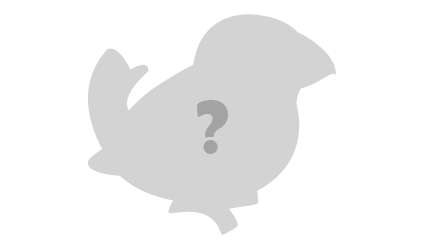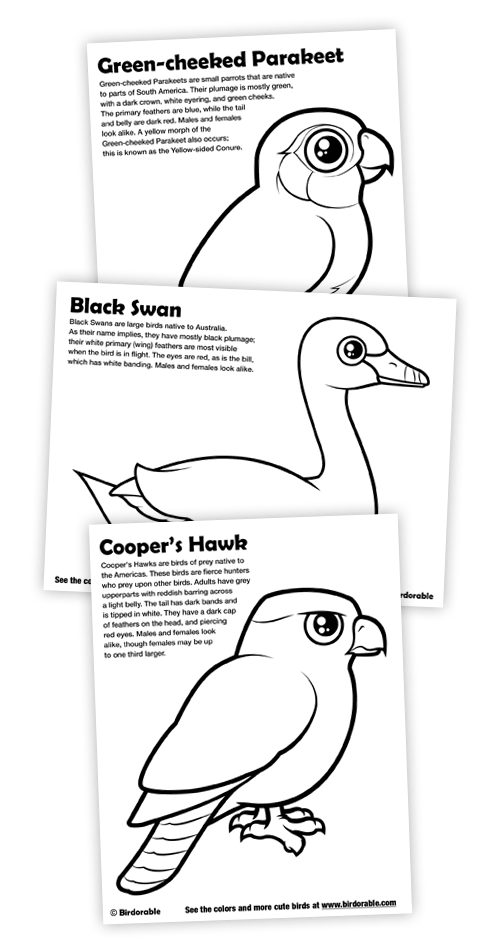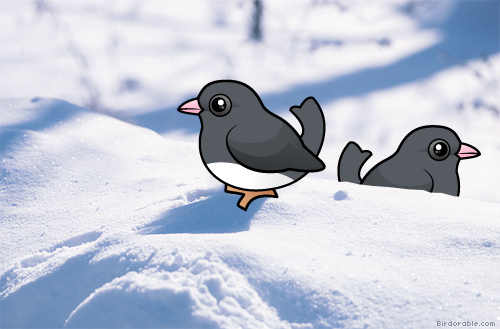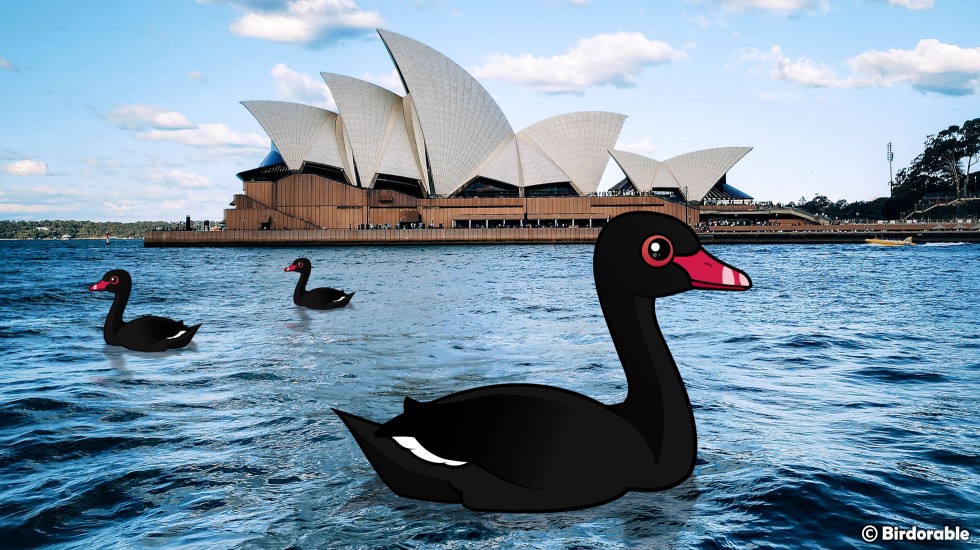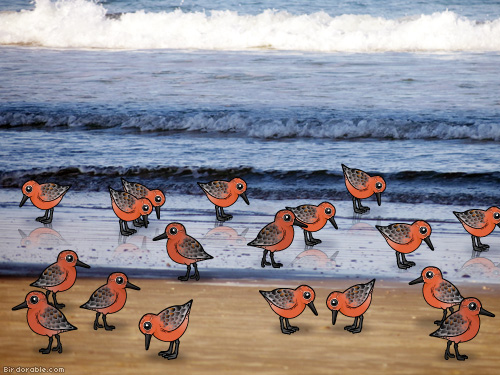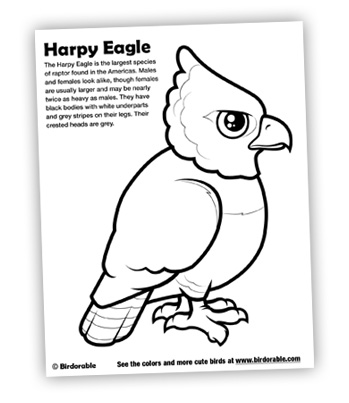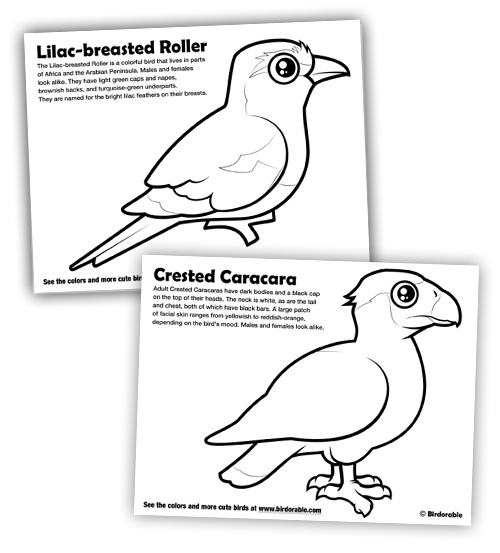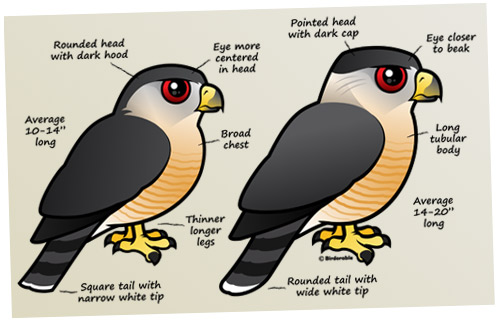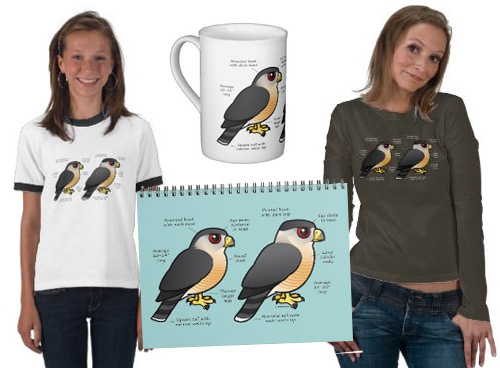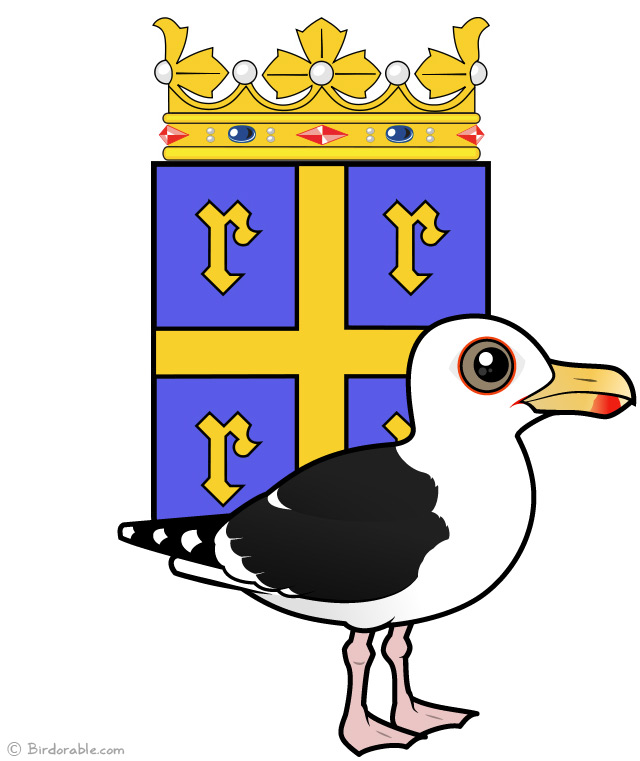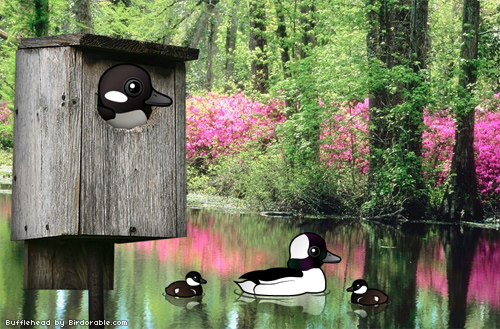Crested Caracaras are distinctive birds of prey that live in parts of North, Central, and South America. Here are some cool facts about the Crested Caracara:
1) Crested Caracaras are fine at flying, but they can often be found walking around on the ground. Their long legs also make them strong runners.
2) While mostly quiet, the Crested Caracara has a distinctive social vocalization which is described as a rattle. The cackling, rattling sound is produced while the bird throws its head back in a move called the head-throwback display.
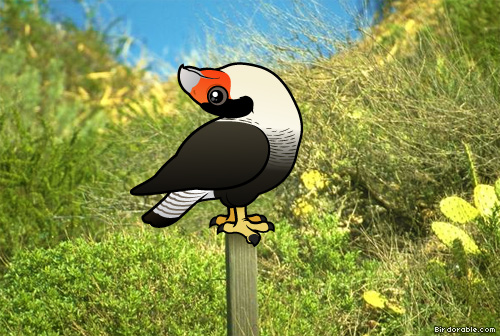
3) Caracaras are members of the falcon family.
4) Unlike many other falcon species, caracaras are not cavity nesters. They build stick nests high up in trees.
5) Like vultures, Crested Caracaras eat a lot of carrion.
6) The diet of a Crested Caracara may also include insects foraged through vegetation or eggs from ground-nesting birds.
7) Crested Caracaras look very distinctive, with dark bodies, a white neck, and a dark shaggy cap.
8) Baby Crested Caracaras have their dark cap from the time they hatch.

feeding time for the hungry baby caracara by belgianchocolate [Creative Commons]
9) The national bird of Mexico is the Crested Caracara (an honor sometimes shared with the Golden Eagle).
10) To intimidate nest intruders, Crested Caracaras may clack their beaks, or break off dry twigs to make a snapping sound. If you can't get enough of Crested Caracaras, you're in luck! This unique species is one of our newest Birdorable birds! Check out our fun collection of cute Crested Caracara apparel and gifts.
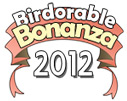 We're excited to announce that we'll be having another Birdorable Bonanza this summer - and this will be our biggest ever! From July 10th through the end of the month we will release a new Birdorable bird species on our blog and Facebook page every day, counting down to the 400th Birdorable. There will be lots of different birds from all around the world, from parrots to birds of prey. So get ready for three weeks of Birdorable fun! Every day we'll post a preview of the next day's bird for you to guess. Here we go: Preview: Tomorrow's first bonanza bird is an insect-eating songbird from the Americas that has a beautiful red chest. Can you guess what it will be?
We're excited to announce that we'll be having another Birdorable Bonanza this summer - and this will be our biggest ever! From July 10th through the end of the month we will release a new Birdorable bird species on our blog and Facebook page every day, counting down to the 400th Birdorable. There will be lots of different birds from all around the world, from parrots to birds of prey. So get ready for three weeks of Birdorable fun! Every day we'll post a preview of the next day's bird for you to guess. Here we go: Preview: Tomorrow's first bonanza bird is an insect-eating songbird from the Americas that has a beautiful red chest. Can you guess what it will be?